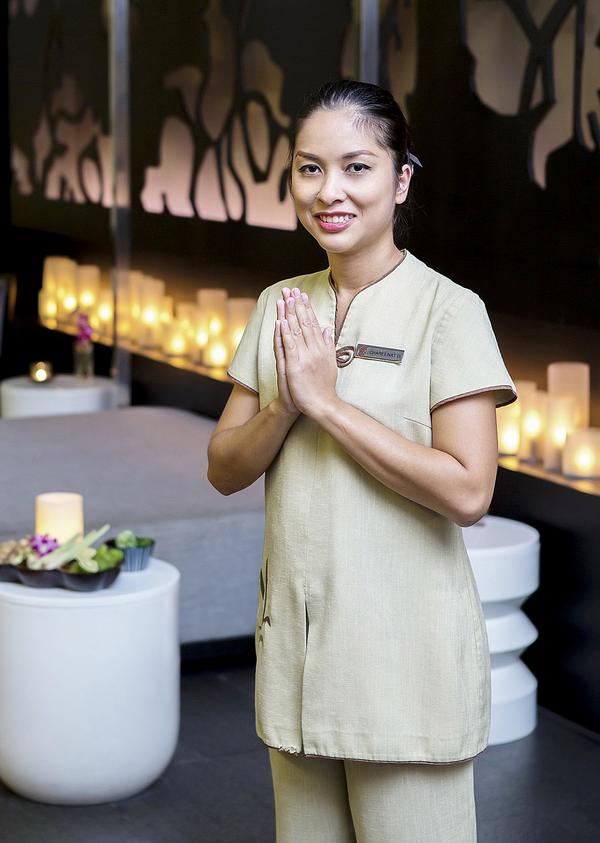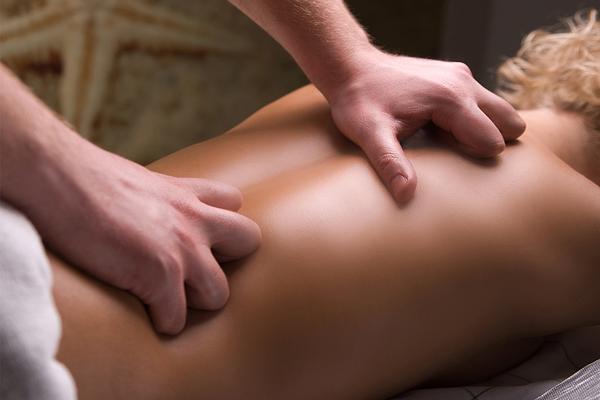 SELECTED
ISSUE
SELECTED
ISSUE
|
|
Leisure Management -


|
|
| Letters
|

Do you have a strong opinion, or disagree with somebody else’s point of view on topics related to the spa industry? If so, Spa Business would love to hear from you. Email your letters, thoughts and suggestions to theteam@spabusiness.com
|
|
|
 |

BOOST CUSTOMERS TO BOOST BOTTOM LINE |
 |
Tara Hanrahan
Group Director of Spa Operations,
Centara Hotels & Resorts
In the majority of cases, I’ve found that the reason why a resort or hotel spa doesn’t achieve top-line is simply due to a lack of customers. Many managers are effective in internal operations, which ensures guest satisfaction once they’re at the spa – but what strategies are in place to persuade guests to come to the spa to begin with?
I recommend breaking the hotel journey down into three sections and then ensuring that the spa has a presence at each stage.
Pre-arrival: What contact does your spa have with the guest prior to hotel arrival? Are guests able to pre-book treatments, and if so, how do you communicate this to them? Can you reach out via reservations with a spa tagline or special offer? The sooner you can let your guests know about the spa the better.
Hotel arrival: What’s happening at check-in? An arrival offer, valid for only 24 hours, could help. What script is the front office staff using to describe the spa? Consider giving them a commission to book guests on the arrival spa offer. One of my spas had a 40 per cent capture rate purely because the front office team was given a great incentive.
Throughout the stay: Breakfast is a key time to proactively engage and up-sell spa, as it’s the one time that the majority of hotel guests are in one place. Set up a booking table near the entrance to restaurant and have lots of treatment samples, signage, and therapists showcasing treatments. Ensure you have the appointment calendar ready – expect that guests will book. I’ve seen spas turn around just with this one tactic.
Ultimately, increasing the number of customers is all about taking the spa to the customers. Don’t wait for them to come to you – make it as easy as possible to book. I have a rule in my spas that if a therapist has down-time, 50 per cent of that time must be spent external to the spa – out in the resort and engaging with guests. This is the ultimate goal – be pro-active, go out there and get them!
Tara Hanrahan
taraha@chr.co.th
Tel: +66 95 672 1504
| |


|

If a therapist has down-time, send them into the hotel to engage with guests |
|
|
 |

THE CHALLENGES OF CUSTOMISED TREATMENTS |
 |
Beata Aleksandrowvicz
Founder
Pure Massage
Katie Barnes sums the dilemma of offering bespoke spa treatments very well in the last issue of Spa Business (see SB15/4 p46) when she asks how can brands protect quality without having standard operating procedures in place?
Offering thoughtful, personalised rituals is exactly how it should be, but these rituals need boundaries for safety, therapeutic and cost efficiency purposes.
I believe it’s possible to customise the standard massage. Massage equates to 80 per cent of all treatments booked. However the problem is that often therapists are not properly trained to give the client what they want/expect. Spas need to invest more in massage training that will allow them to offer quality and consistency. Not only because customers demand it, but also because it allows you to have a team of real spa professionals, who all work within the same ethos and values of your spa.
Taking customisation a step further, I believe today’s clients want more simplicity and more advice – not necessarily medical advice, just help with fitness, nutrition, relaxation and stress management. This means that it’s now also important for a professional therapist to believe in a healthy lifestyle; give advice about it; get excited about the changes they can contribute to; and for them to want to make a difference in the world.
This means a totally new revolutionary approach to training that includes not only techniques and communication, but also life coaching elements because you need awareness to deliver a personalised massage or indeed any customised service. The good news is that this kind of massage training can be delivered in modules, adapted to time schedules and form part of the educational budget. This ultimately will benefit all customised treatments.
Beata Aleksandrowicz
Email: ba@puremassage.com
Tel: +44 203 2909070
| |


|

Spas need to invest more in training so therapists can offer quality, bespoke massage |
|
|
 |

CHINESE MARKET NEEDS ACCREDITED TRAINING COURSES |
 |
Jannita Mossel
Founder
SpaTree
The Chinese spa sector is lacking professional trained people who are qualified to work in an international spa environment. There’s an urgent need for accredited spa studies in the country.
There are several factors exacerbating the problem including the rapid expansion of foreign spa operators and major hotel brands in China and the fact the Chinese consumers themselves ‘vote with their wallet’ and demand the newest and most unique spa therapies. Also, there’s a strong growth in the field of traditional Chinese therapies, which have been gaining wide acceptance around the world.
Our spa education consultancy conducted a survey among 64 students about career planning and opportunities in the spa industry. Currently, 90 per cent of spa training in China is conducted by in-house or product-house training.
When asking students about the selection they make in further studies, all 64 students (100 per cent) said they are looking for accredited diploma studies, since they feel an accredited diploma will guarantee a strong career in the near future – while a certificate will not.
It’s clear that the Chinese spa industry is facing major challenges in recruiting enough spa talent, and finds itself in a situation where the market has to compete with international best practices.
More training companies, organisations and schools need to fill the gap by setting an accredited spa academies across the country.
Jannita Mossel
Email: info@spatree.eu
Tel: +31 6 43 12 98 00
|
|
 |
| Originally published in Spa Business 2016 issue 1
|
|
 |
|